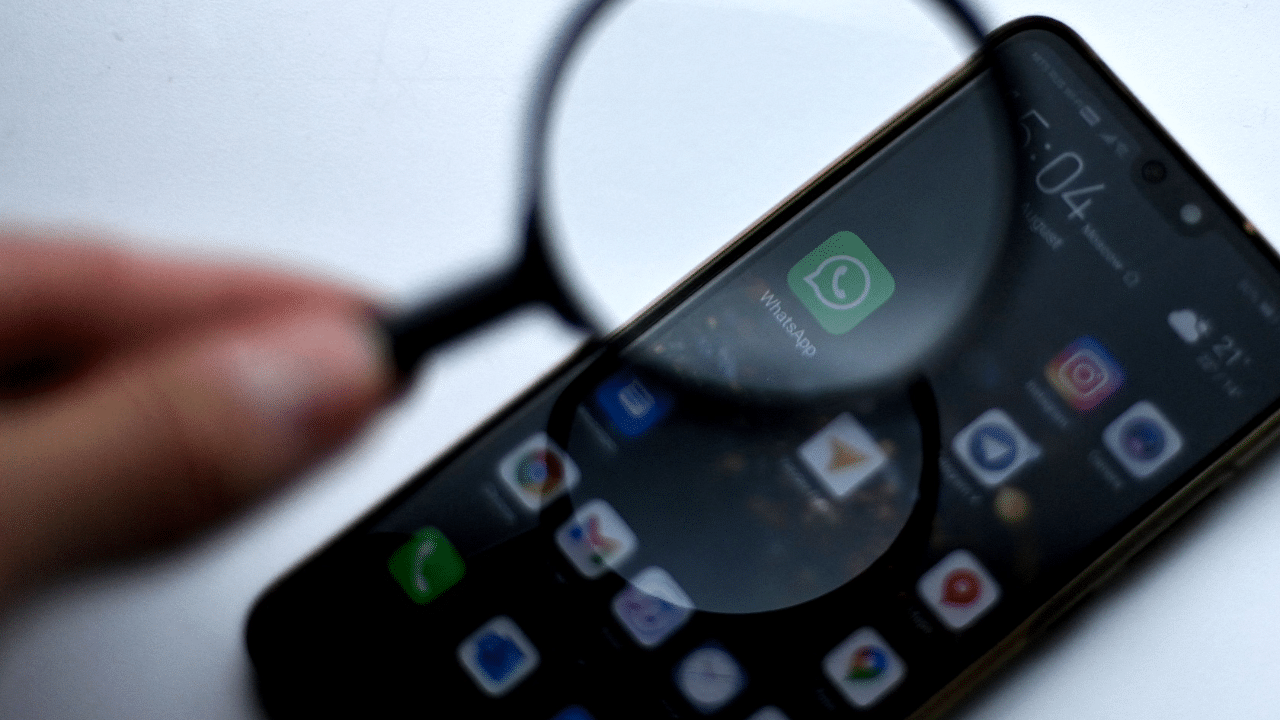
As we debate the negative effects of social media, consider the earliest and arguably most prevalent way that we use the internet to connect with other people: the chat.
Networked chatting predates the internet; there might not be a more obvious thing to do with two connected computers. In 1988, the first version of Internet Relay Chat, or IRC, made widely available a new and yet instantly familiar mode of communication: groups of people choosing each other and then typing together in real time.
From then on, chat was everywhere. Mainstream service providers, including CompuServe and AOL, embraced chat. So did email services. Napster was a chat app. Early social networks either had chat features (like MySpace) or were populated by users who also had accounts on popular instant message services.
Multiplayer gaming, a profoundly social experience, has always hinged on the embedded or peripheral group chat. Smartphones immediately became the ultimate chatting machines. The biggest social apps of the 2010s, with their various spins on posting, sharing and following, all eventually built either chat features or chat-like DM services, some of which were spun off.
Livestreaming? That’s about chat, too. For people who have spent enough time online — or, probably, most people under the age of 50 — chatting in a live context is as natural as talking on the phone, and quite a bit more common.
Many of the problems people identify with social media can be traced not to chats but feeds. It’s too stimulating. It’s too boring. It makes us loathe ourselves. It requires us to vet disinformation or fall into its snares. It forces us to endure the worst parts of celebrity. It’s the opposite of a social experience: It’s alienating.
Posting to a feed is a contrived and profoundly strange way to communicate with, say, close friends or family members, who are combined into the same audience, assembled to do what, exactly? Consume your broadcast? Talk with you in semipublic? These dynamics are social media’s genuine novelty; they’re very powerful, obviously, and lucrative for the people who enable them. They’re also what we usually seem to be talking about when we talk about how the internet makes us feel, particularly when that feeling is bad.
Chatting isn’t posting. It unfolds in real time, or at least can, if both parties are present. Chats select themselves — they’re conversations you enter with either one other person or many. You join, you leave. You have the freedom to join and leave. Self-selected groups tend to share something — if not a set of well understood norms and expectations, at least a common interest or purpose. They’re private by default, and tend to have a great deal of latitude to set their own rules, even on big centralized services. You can see everything from the chat, and nobody can see you.
Benefits of chatting
Then there are the benefits that feel almost too obvious to write out. Chatting is like hanging out. It’s like sitting at a table. It’s like going on a walk. It’s like things that, whatever happiness or misery they cause, don’t leave us with questions about what we were even doing in the first place.
Contrast that with life on the feed, where each post is a performance informed by the user’s specific and invisible perspective of a platform they don’t totally understand.
Chat’s blessing and curse has always been that it’s hard to monetize talking — it would feel, much more than an ad in a feed, like interruption. This has relegated our most important and fulfilling conversations to features stuck within a larger subsidizing context — AOL, Gmail, Facebook, your game of choice — and left the rest of the market to specialize (Campfire, Slack, Signal) or fight over scraps. These services, most of which are incompatible with one another, come and go, leaving our collective back-channel in a state of ever-shifting fragmentation and disarray. It’s also hard to improve upon chatting. Services can work better than others, or have a few more features. But the best chat service is, as it always has been, the one you don’t have to think about using.
We were chatting before the feeds took over, and we’ll still be chatting when they’re gone. In the meantime, making your experience of the internet more pleasant might be as simple as posting less and chatting more.
Futuristic vision
New visions for online socialising place chatting in a more central role. Younger readers and especially gamers might be familiar with Discord, an app where a quarter billion people hang out in servers of their own creation, ranging in size from a few people to thousands, divided, as necessary, into channels. (It’s especially popular for its voice-chat feature, which gamers use while playing together.)
Discord, which would more or less make sense to an IRC user from 1988, can be understood as an attempt to build a social media that is ultimately subordinate to chatting. It’s increasingly common to see online communities, fandoms and whole websites direct users to an affiliated Discord server; Reddit may be where many new online groups start, but subreddit Discords are often where the real energy is. The cryptocurrency and NFT worlds in particular have embraced Discord, which helps provide their decentralized endeavors with a sense of place and membership.
That’s not the only way that chatting feels like the future. Two weeks ago, Mark Zuckerberg strolled through virtual environments talking about how the next internet would enable us to interact intimately from all around the world, in ways that felt immersive, direct and personal, rather than alienating and awkward. His pitch was futuristic, but the description of this idealized new world sounded awfully familiar. Spiritually, the metaverse isn’t posting. It’s chat.